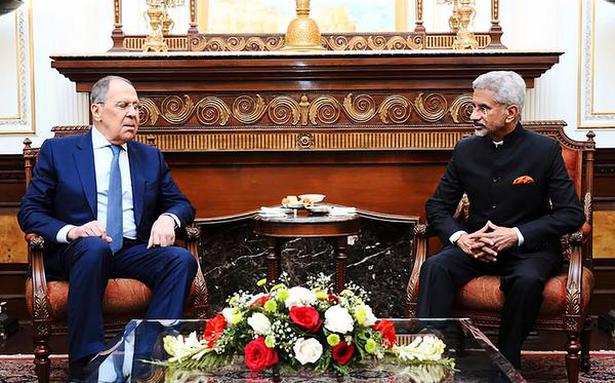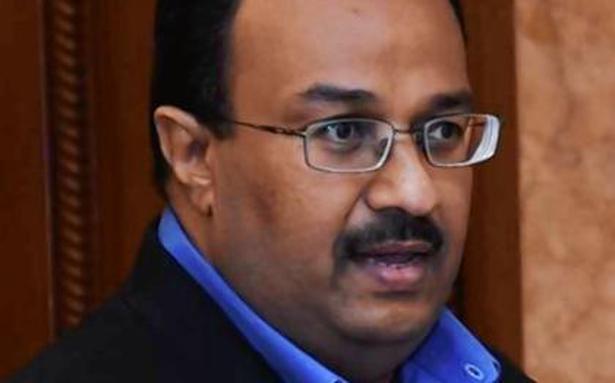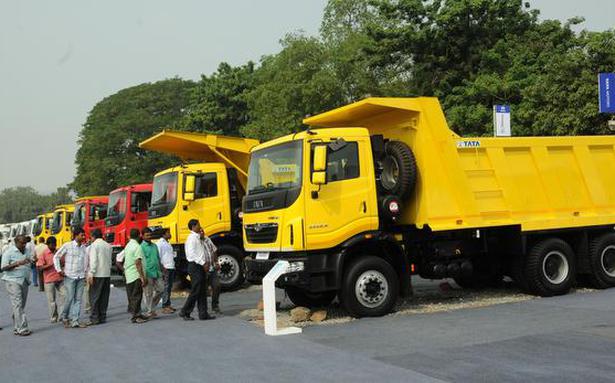As the West imposes tougher sanctions on Russia to stop its invasion of Ukraine, India – one of Russia’s trading partners – is under pressure to reduce its oil imports and arms imports.
As the West imposes tougher sanctions on Russia to stop its invasion of Ukraine, India – one of Russia’s trading partners – is under pressure to reduce its oil imports and arms imports.
After the Russian invasion of Ukraine, the European Union banned global transactions with Russian companies using euro-denominated banknotes, while the US banned Russia from accessing US dollars. This has prompted India, which continues to trade with Russia, to revive the rupee-ruble mechanism previously used in 1953.
What is the rupee ruble mechanism?
The rupee-ruble trade agreement is an alternative payment mechanism to settle fees in rupees instead of dollars or euros. The idea was first developed in 1953 as part of the Indo-Soviet trade agreement.
According to Article VI of the Indo-Soviet Agreement:
-
All payments between India and the then Soviet Republic of USSR can be made in Indian Rupees.
-
To this end, the State Bank of the USSR maintains one or more accounts with one or more commercial banks in India authorized to deal in foreign exchange. In addition, if deemed necessary, the State Bank of the USSR will maintain an additional account with the Reserve Bank of India.
-
All trade transactions to be funded in rupees are processed through the commercial bank accounts while the Reserve Bank of India account is only used to top up the balances in the commercial banks when needed
-
Payments to and from residents of India and USSR will only be made to these specified accounts by debit/credit.
-
Accounts are replenished by (a) transferring funds from another account held by the State Bank of the USSR at another commercial bank or at the Reserve Bank of India; or (b) by selling pounds sterling to the relevant bank.
The payments included:
-
Commercial transactions and coverage of insurance, freight, port dues, storage and shipping costs and bunkering
-
distribution of films
-
Technical support
-
Guided tours of a commercial or cultural nature
-
Maintained the Embassy of India in the USSR and the Embassy and Trade Mission of the USSR in India
-
Other non-commercial payments agreed between the Reserve Bank of India and the State Bank of the USSR
Focus on the revival of the rupee-ruble mechanism
On March 24, 2022, Foreign Minister S Jaishankar told Parliament that a multi-ministerial group had been convened to examine how to overcome trade challenges with Russia, including managing payments for exporters and importers – suggesting a possible Revival of the rupee indicates ‘ruble trading’.
In response to a question from Akali Dal MP Naresh Gujral on whether the government would reactivate rupee trading with Russia, Jaishankar said: “Due to the emerging issues in dealing with Russia, [the] The government is examining various aspects, including the payment aspect.”
“There is a group within the government made up of different ministries. It is headed by the Treasury Department to look into these matters,” he added. A Russian delegation may visit India in May to discuss the rupee-ruble payment mechanism.
Why revive trade between rupee and ruble?
Over 40 US and European allies have imposed economic sanctions on Russian banks and companies amid the war in Ukraine. According to Bloomberg, Indian exporters are waiting for about $500 million in payments that have been delayed due to the sanctions.
According to the Ministry of Commerce, India currently has imports worth Rs. 64,623 crore from Russia in 2021-22, representing a 59.04% year-on-year growth. This accounted for 1.58% of India’s total imports.
Moreover, India’s exports to Russia in 2021-22 are worth Rs. 23,658 crore, growing by 20.4% since last year. India’s total trade with Russia stood at Rs.88,281 crore in 2021-22, growing by 46.45%. In total, trade between India and Russia is worth RS 68.98 billion – a mere 1.28% share of India’s trade figure.
India’s trade deficit with Russia is Rs. 12.83 crore, including crude oil and arms trade.
India’s imports of oil and armaments
India – as a net importer of Russian goods – has currently increased its imports of Russian crude amid falling oil prices. Corresponding ReutersIndia has bought at least 13 million barrels of Russian oil since the Ukraine war began on Feb. 24, a steep increase from last year when India bought 16 million barrels of Russian oil throughout 2021.
In addition, India is also waiting for the timely delivery of the S-400 air defense systems under a contract signed in 2018. The $5.43 billion contract faces the threat of US sanctions under Countering America’s Adversaries Through Sanctions Act (CAATSA).
In addition, several new orders are in the pipeline, including 12 Su-30MKI aircraft and 21 MiG-29 fighter jets for the Indian Air Force. However, the Department of Defense conducts a review of all direct import deals to encourage domestic production.




